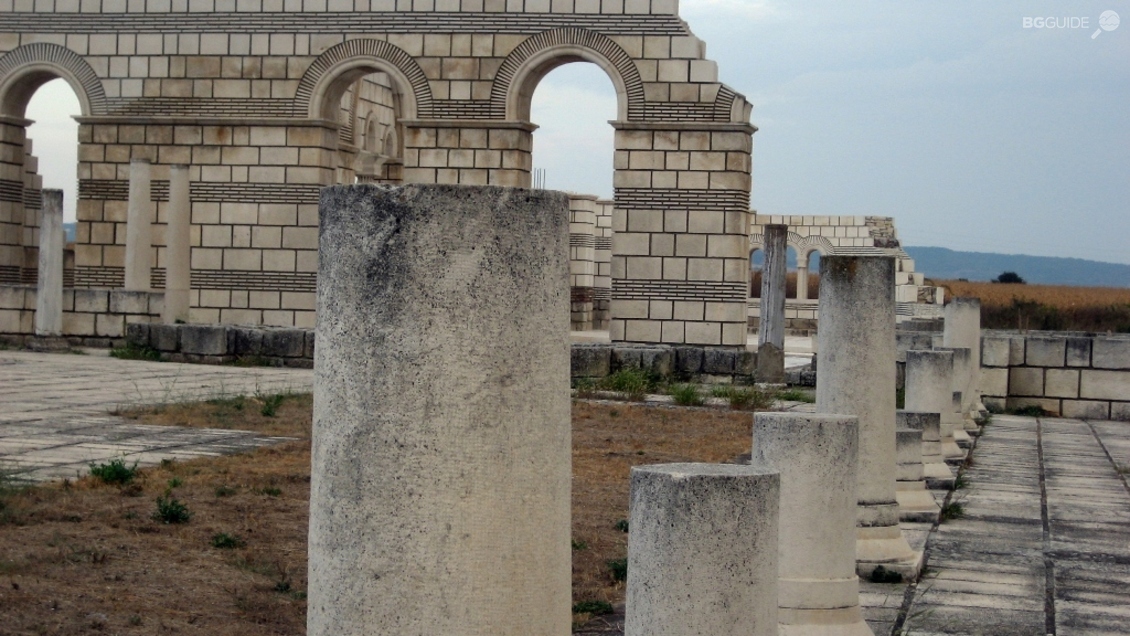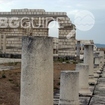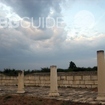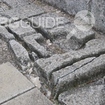Pliska Archaeological Reserve
The contemporary town of Pliska preserves the glorious history of the magnificent first Bulgarian capital. Scientific work gives us information about the first construction projects here – the wooden buildings were built in the eighth century. In the ninth century they gave way to stone buildings. It was then when Khan Krum’s palace was erected to remain one of the most magnificent monuments to this day, covering an area of 500 square metres. In it we can still see the secret exits that people once used to flee when under attack. Year after year, the construction sites rose higher and higher with more and more buildings finding their place in the first Bulgarian capital. Back then the city was divided in two parts – internal and external. Today the best preserved sites are the city gate and the basilica which was an important centre of Bulgarian literacy and culture. Nowadays, their value is further increased by the fact that according to some researchers Cyril and Methodius’s students worked here. Later, the Big Palace or also known as the Throne Hall emerged. It was constructed under the direct supervision of Khan Omurtag who ruled over Bulgaria in that period. Krum’s Palace and the Throne Hall were made of white marble. Today the visitor is amazed to learn that there are records of the existence of floor heating and drainage systems.
The impressive discoveries made in Pliska represent just a small part of its treasures – only 20% of the sites in the internal city and about 1% of the sites in the external city have been investigated. This leaves us hoping that in the future we’ll gain even more insight into the glorious past of the first Bulgarian capital.

















